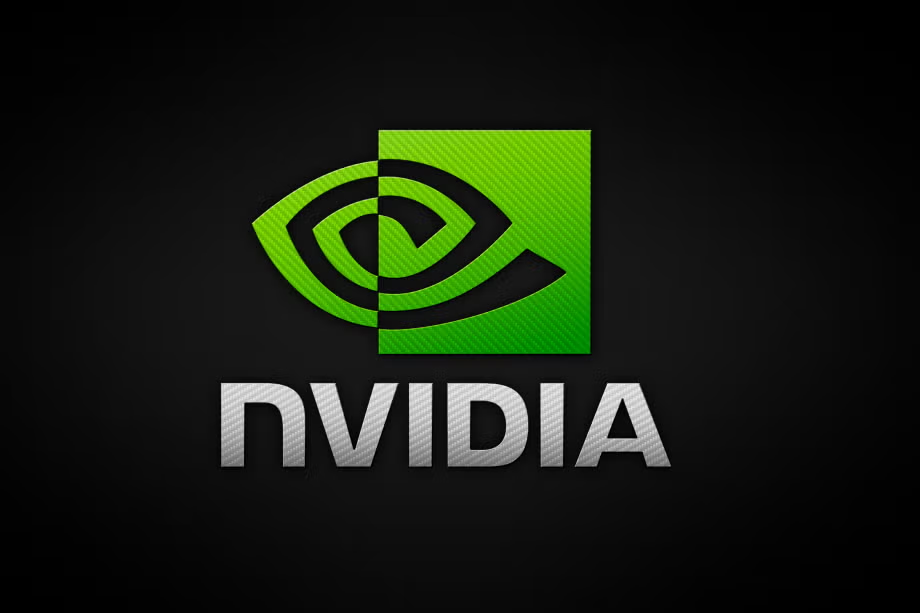Nvidia, a company initially known for its graphics processing units (GPUs) for the gaming industry, has achieved a historic milestone by reaching a \$4 trillion valuation, becoming the first public company to do so. This achievement underscores Nvidia's pivotal role in the technology sector, particularly in the artificial intelligence (AI) revolution.
Nvidia's Journey to \$4 Trillion
Founded in 1993, Nvidia's early focus was on GPUs for the gaming market. Over the years, the company has strategically diversified its offerings, establishing itself as a key player in AI, data centers, and autonomous vehicles. Nvidia's GPUs are now essential components in various applications, ranging from gaming to machine learning, making the company a cornerstone of modern computing.
The company's ascent to a \$4 trillion valuation reflects the investor enthusiasm surrounding the AI boom, powered by Nvidia's industry-leading processors. Since early 2023, Nvidia's stock price has increased tenfold, catapulting its market value from approximately \$400 billion to \$4 trillion.
Factors Behind Nvidia's Valuation Surge
Several factors have contributed to Nvidia's remarkable valuation surge:
- AI Revolution: Nvidia's GPUs have become indispensable for training AI models. The increasing demand for AI applications has driven the need for powerful computing capabilities, boosting Nvidia's sales and market share. Nvidia holds a dominant position in the AI chip market, with an estimated 70% to 95% market share in AI accelerators. Its GPUs, particularly the A100 and H100 models, have become industry standards in AI.
- Data Center Growth: Nvidia has strategically positioned itself as a leading provider of infrastructure for data centers amidst the rise of cloud computing. Companies are increasingly investing in data processing capabilities, further driving Nvidia's revenue growth.
- Gaming Industry Resilience: Despite challenges in the gaming market, Nvidia has sustained a strong foothold in this sector through continuous innovation and by attracting gamers.
- Strategic Partnerships: Collaborations with major technology companies have strengthened Nvidia's influence and opened new revenue streams, enhancing its growth potential. Tech giants like Microsoft, Amazon, Google, and Meta Platforms are collectively investing billions in AI technology, with a significant portion of that investment likely benefiting Nvidia.
- Technological Prowess: Nvidia's unwavering commitment to innovation and technological superiority is at the heart of its success. The company's flagship AI processors, such as the H100, are known for their unparalleled performance and efficiency. Nvidia's CUDA platform allows developers to write parallel computing applications, making their GPUs highly suitable for AI workloads.
Market Reaction and Future Outlook
Nvidia's achievement has sparked enthusiasm among investors, contributing to a broader rally in the Nasdaq. Market sentiment plays a crucial role in stock price movements, and the excitement surrounding Nvidia's valuation has reignited interest in technology stocks, leading to increased trading volumes and positive market momentum.
Analysts predict that Nvidia's stock will continue to climb, potentially pushing the company's market value to \$4.8 trillion within the next year. The demand for Nvidia's GPUs is expected to remain strong, driven by the expansion of AI data centers.
Challenges and Competition
Despite its dominant position, Nvidia faces potential challenges:
- Competition: Tech giants are developing their own AI chips, which could reduce their reliance on Nvidia. Companies like Amazon, with its AWS AI chips Inferentia and Tranium, are offering cost-effective alternatives to Nvidia's chips.
- Regulatory Scrutiny: Nvidia may face increased regulatory scrutiny due to its market dominance.
- Geopolitical Factors: U.S. trade restrictions on advanced semiconductors in China could impact Nvidia's growth, as Chinese sales have been a significant part of its data center revenue.
Dominance and Market Share
Nvidia commands a significant share of the AI data center market, estimated at around 86%. Its dominance in AI training chips is even more pronounced, with an estimated 95% market share. This strong market position has significantly bolstered Nvidia's financial performance. In fiscal year 2024, Nvidia's data center revenue, heavily reliant on AI chip sales, reached \$15 billion, demonstrating the strong demand for its AI technologies.
Nvidia's rise has been nothing short of meteoric. Worth just over \$10 billion a decade ago, the company first reached a \$1 trillion valuation in 2023 and surpassed the \$2 trillion and \$3 trillion marks in 2024. As of May 2025, Nvidia was the second-largest listed U.S. company, behind Microsoft, based on market capitalization value.
Nvidia's success can be attributed to its early entry into the AI chip market and its continuous development of cutting-edge technology. The company's GPUs offer industry-leading parallel processing, making them ideal for AI model training. Nvidia's CUDA software platform has further solidified its position as the dominant vendor for AI model training.















